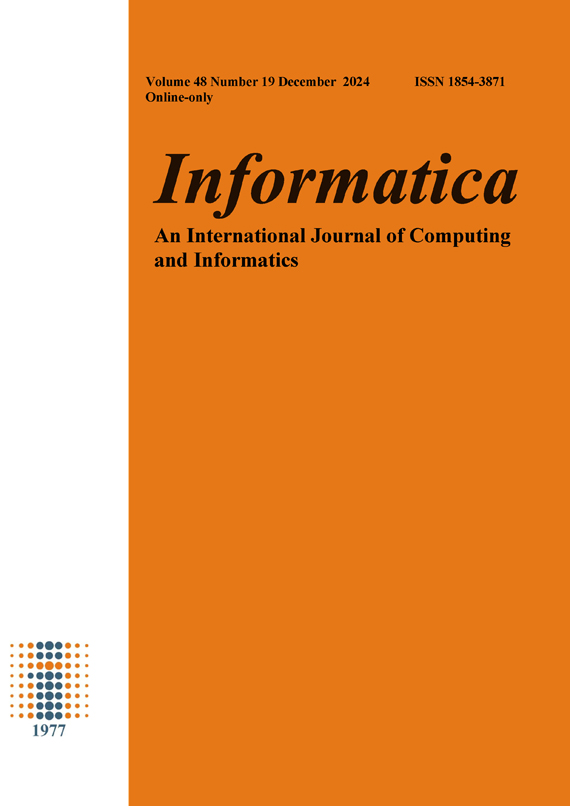Load Analysis and Prediction of Electric Vehicle Charging Stations Supported by RF-CNN Algorithm
DOI:
https://doi.org/10.31449/inf.v48i19.6649Abstract
Aiming at the problems of low prediction accuracy and single data type in traditional electric vehicle charging station load prediction models, a RF-CNN algorithm based on the combination of random forest algorithm and convolutional neural network is proposed to improve the accuracy and efficiency of electric vehicle charging station load prediction. The research first takes the state of charge of electric vehicles and charging stations as the research object to construct a load prediction model. Then it utilizes the designed algorithm to optimize model performance. Finally, different validation indicators are used to verify the predictive performance of the prediction model in the load of charging stations. Finally, the prediction accuracy of the model in the charging station load prediction reaches 92.71%, which is higher than 85.16% of BP and 88.09% of LSTM. The loss value during training was 11.34%, lower than 38.06% for BP and 28.52% for LSTM. The average percentage error, average response speed and data generalization ability were 1.82%, 42ms and 83.61%, respectively, which were significantly better than the comparison method. This indicates that the model has higher accuracy and robustness in load forecasting of electric vehicle charging stations, and could improve the operational efficiency of the power system. It has important application value in load analysis and prediction of electric vehicle charging stations.Downloads
Published
Issue
Section
License
I assign to Informatica, An International Journal of Computing and Informatics ("Journal") the copyright in the manuscript identified above and any additional material (figures, tables, illustrations, software or other information intended for publication) submitted as part of or as a supplement to the manuscript ("Paper") in all forms and media throughout the world, in all languages, for the full term of copyright, effective when and if the article is accepted for publication. This transfer includes the right to reproduce and/or to distribute the Paper to other journals or digital libraries in electronic and online forms and systems.
I understand that I retain the rights to use the pre-prints, off-prints, accepted manuscript and published journal Paper for personal use, scholarly purposes and internal institutional use.
In certain cases, I can ask for retaining the publishing rights of the Paper. The Journal can permit or deny the request for publishing rights, to which I fully agree.
I declare that the submitted Paper is original, has been written by the stated authors and has not been published elsewhere nor is currently being considered for publication by any other journal and will not be submitted for such review while under review by this Journal. The Paper contains no material that violates proprietary rights of any other person or entity. I have obtained written permission from copyright owners for any excerpts from copyrighted works that are included and have credited the sources in my article. I have informed the co-author(s) of the terms of this publishing agreement.
Copyright © Slovenian Society Informatika








